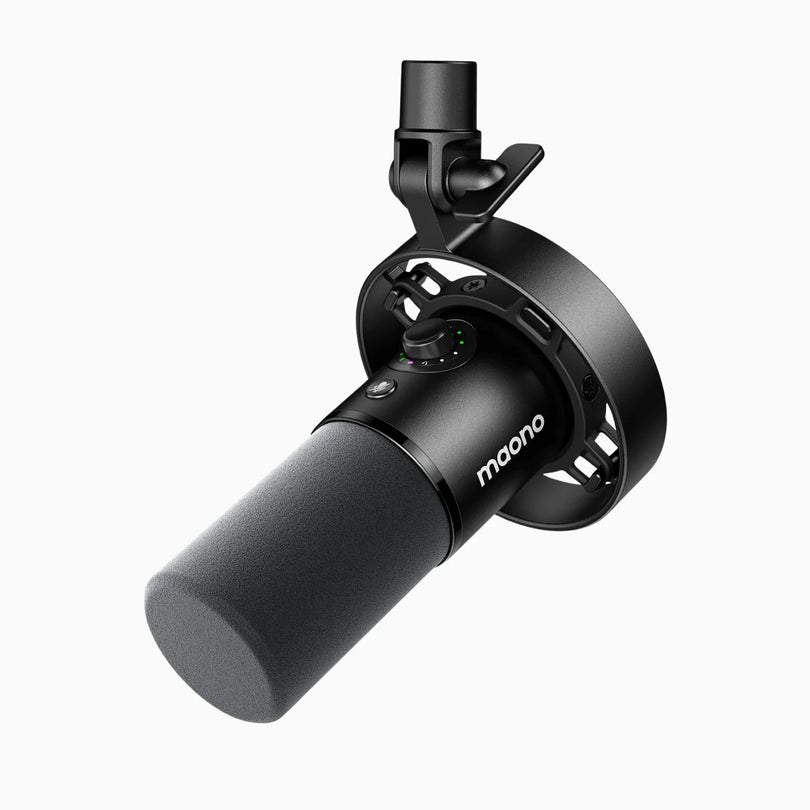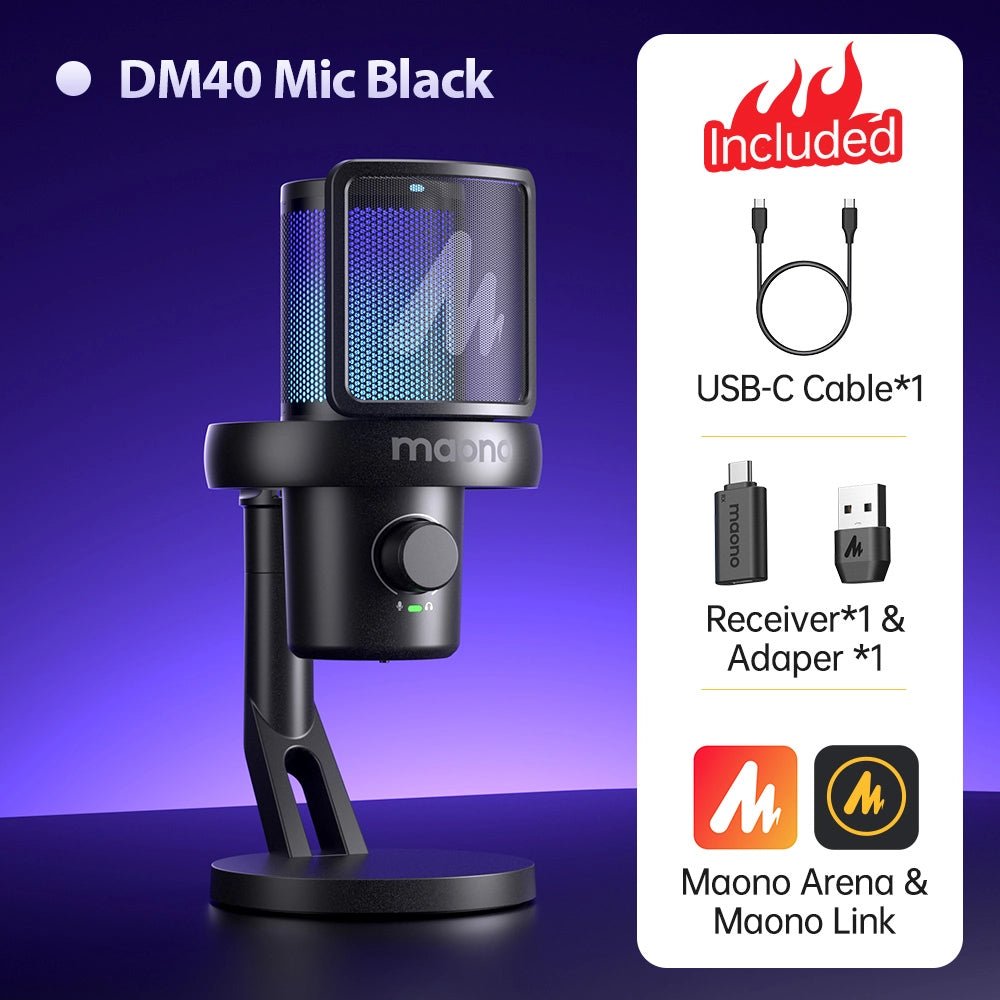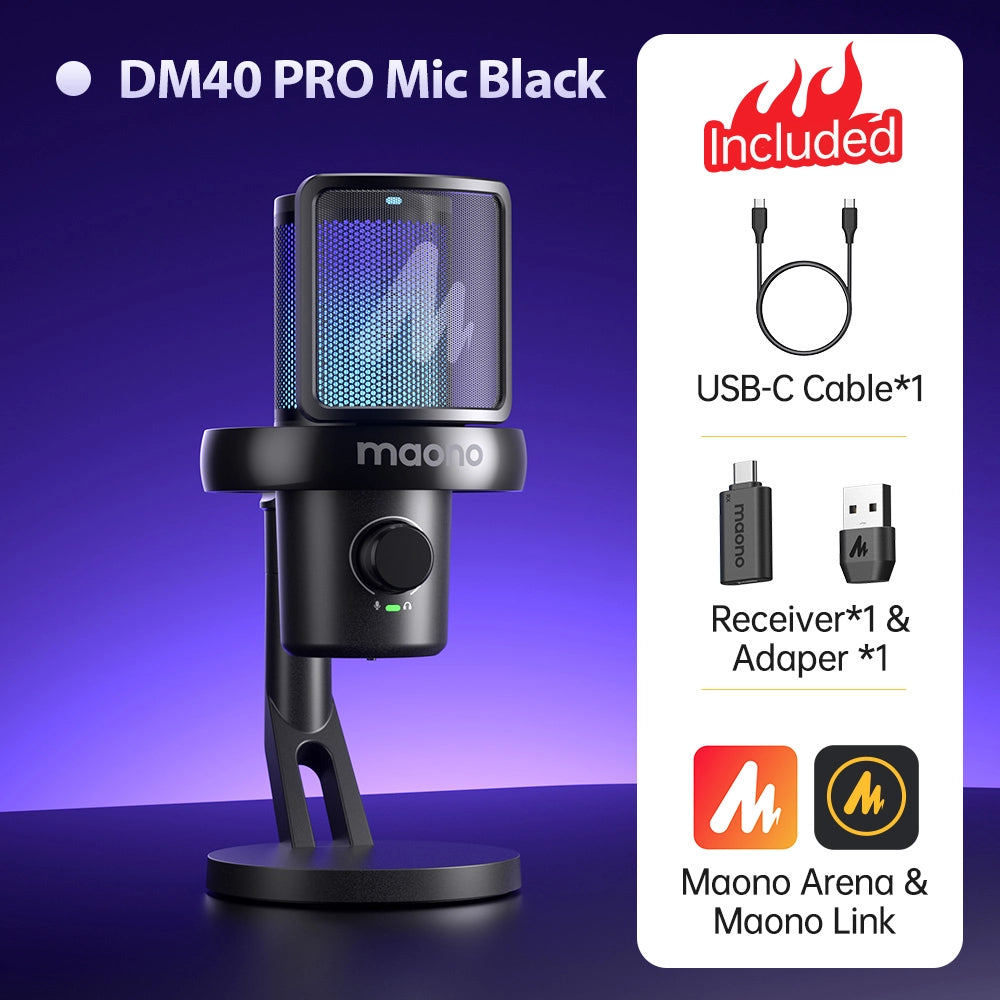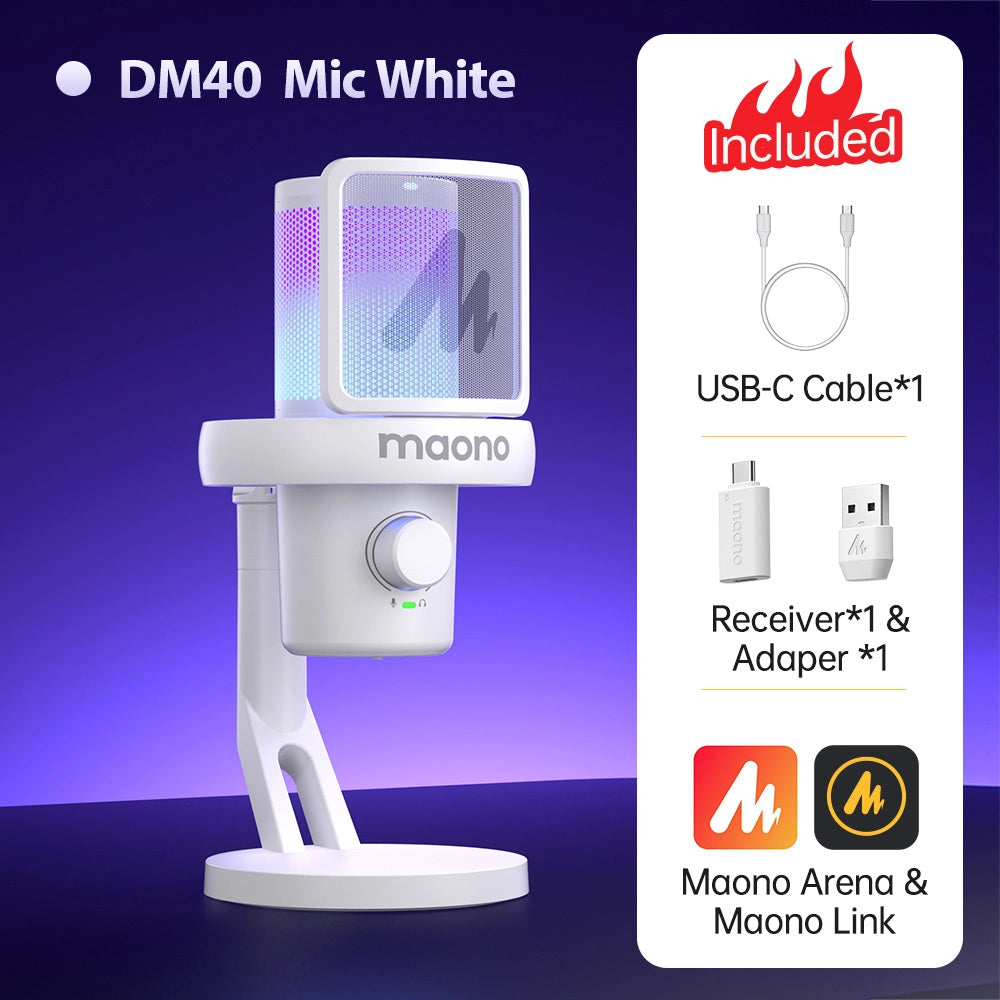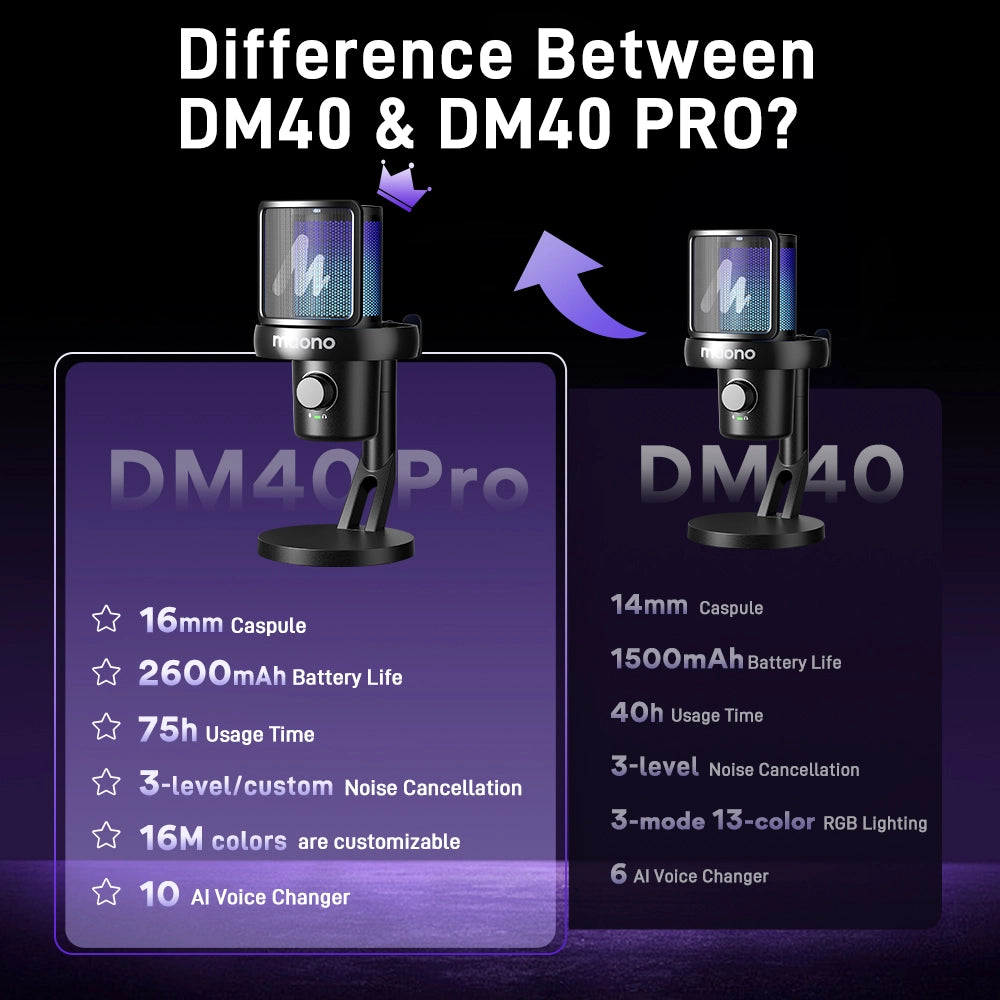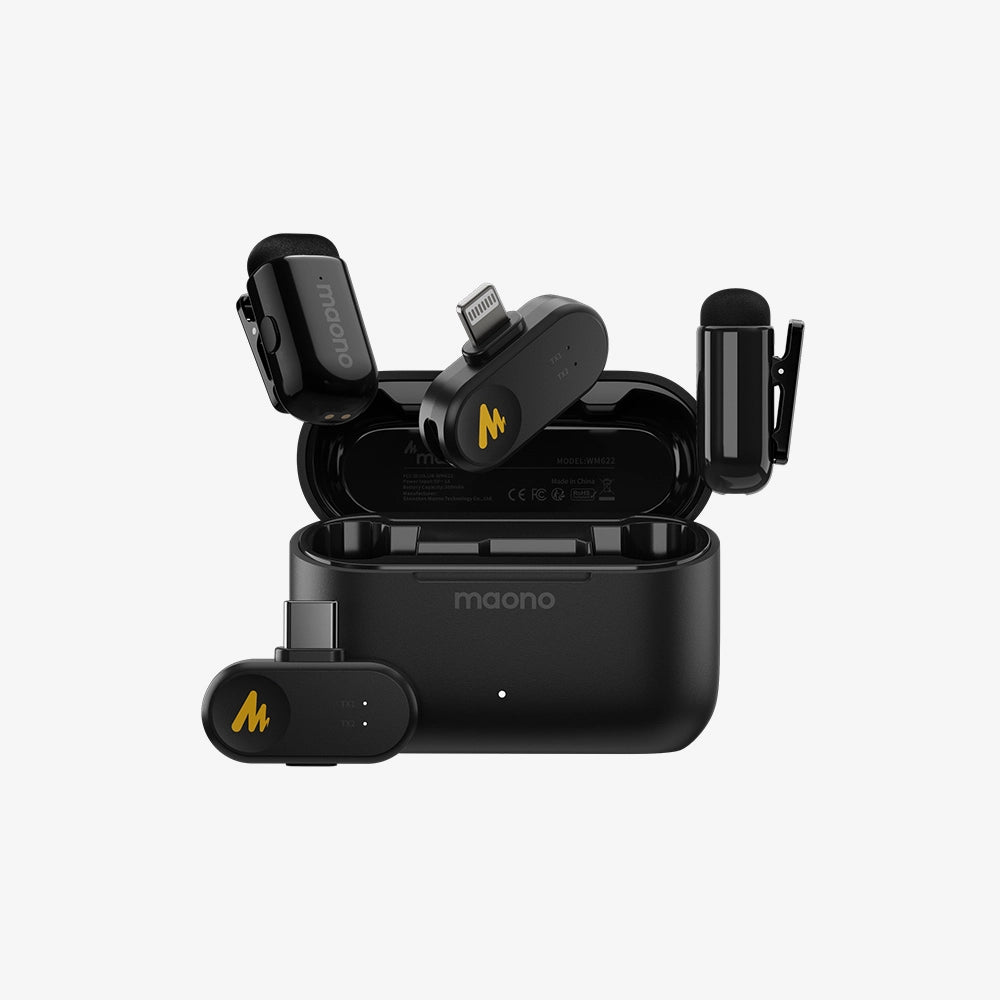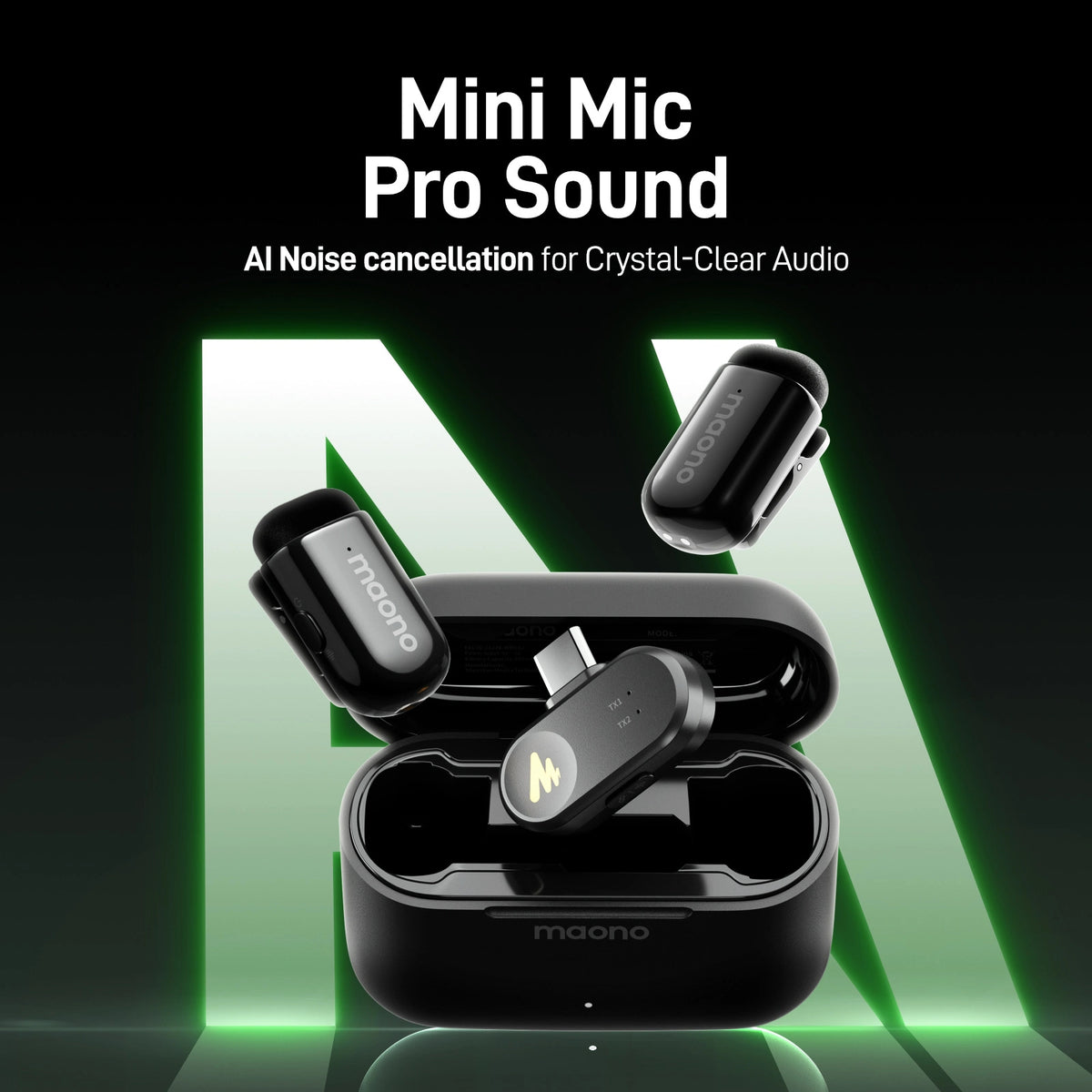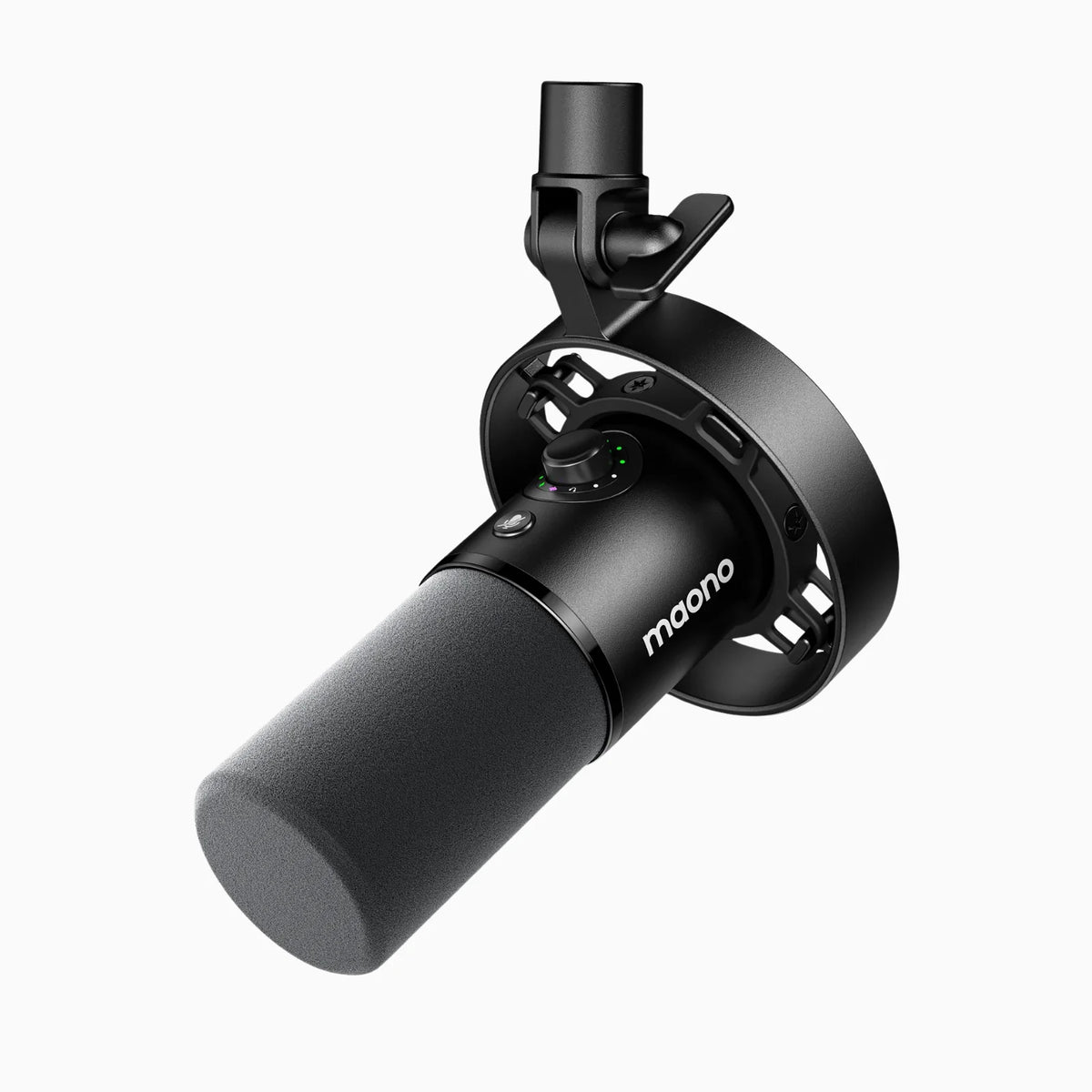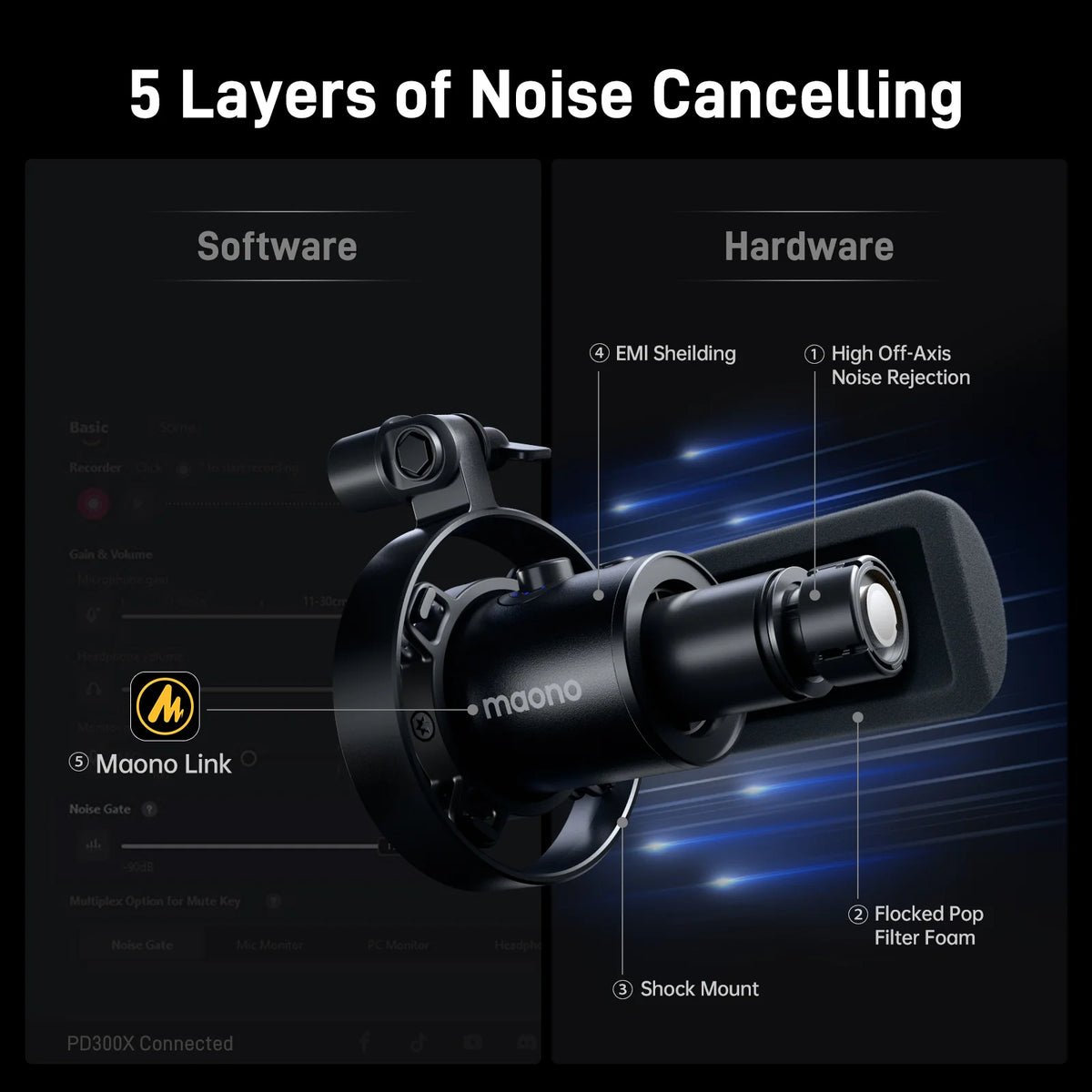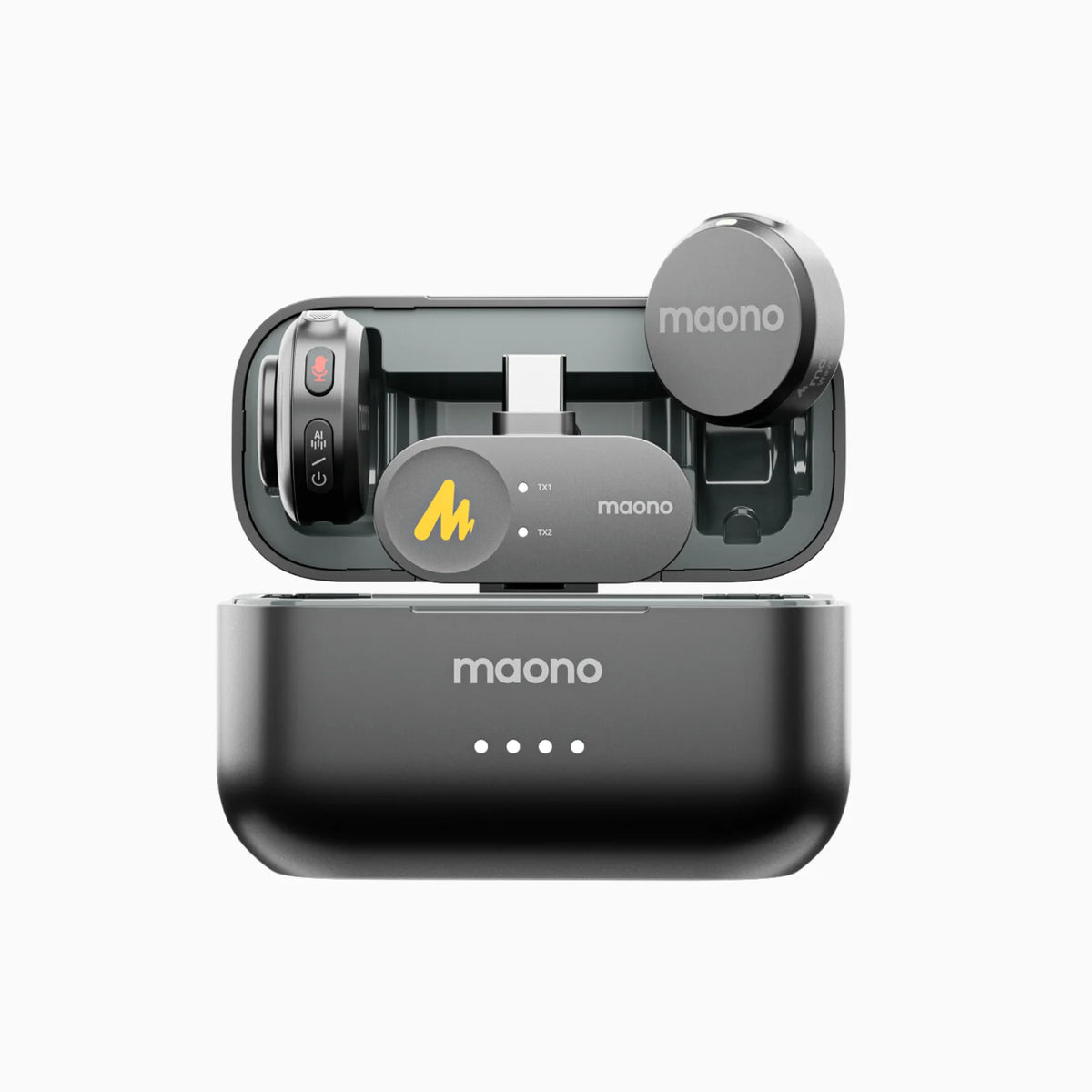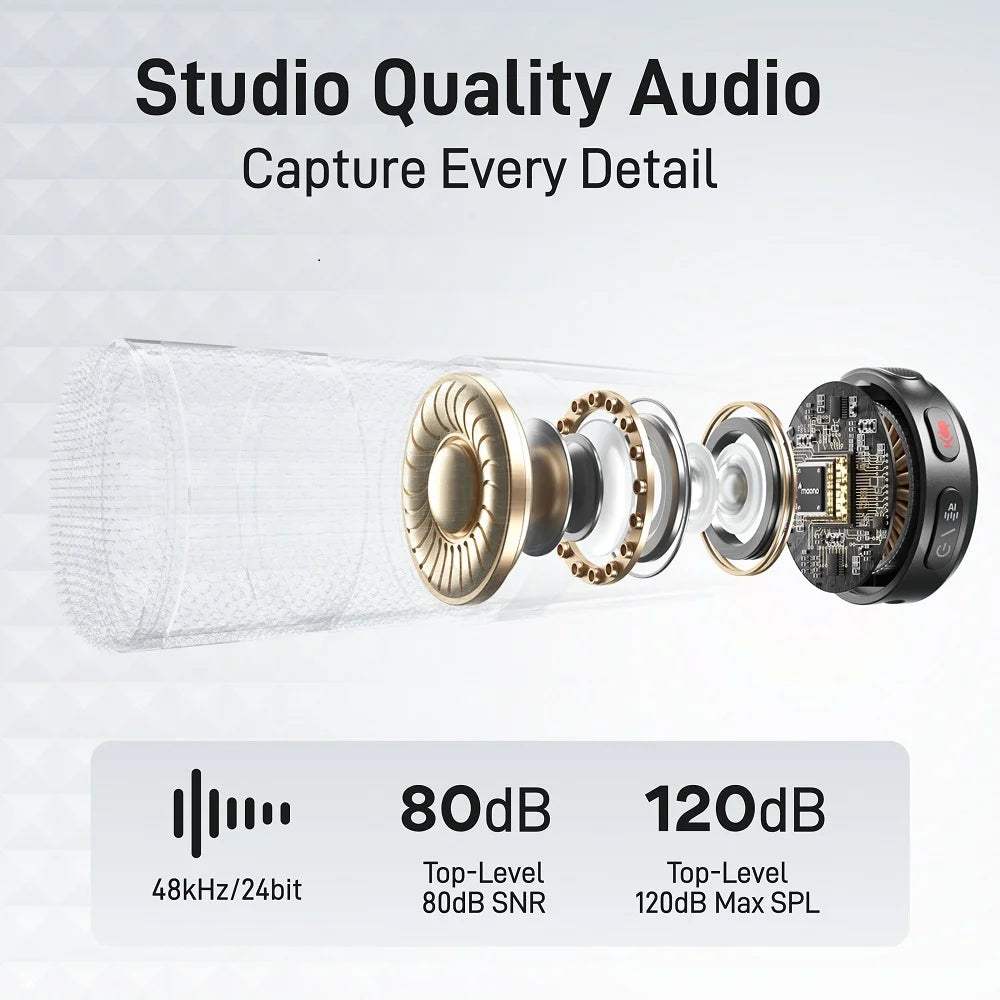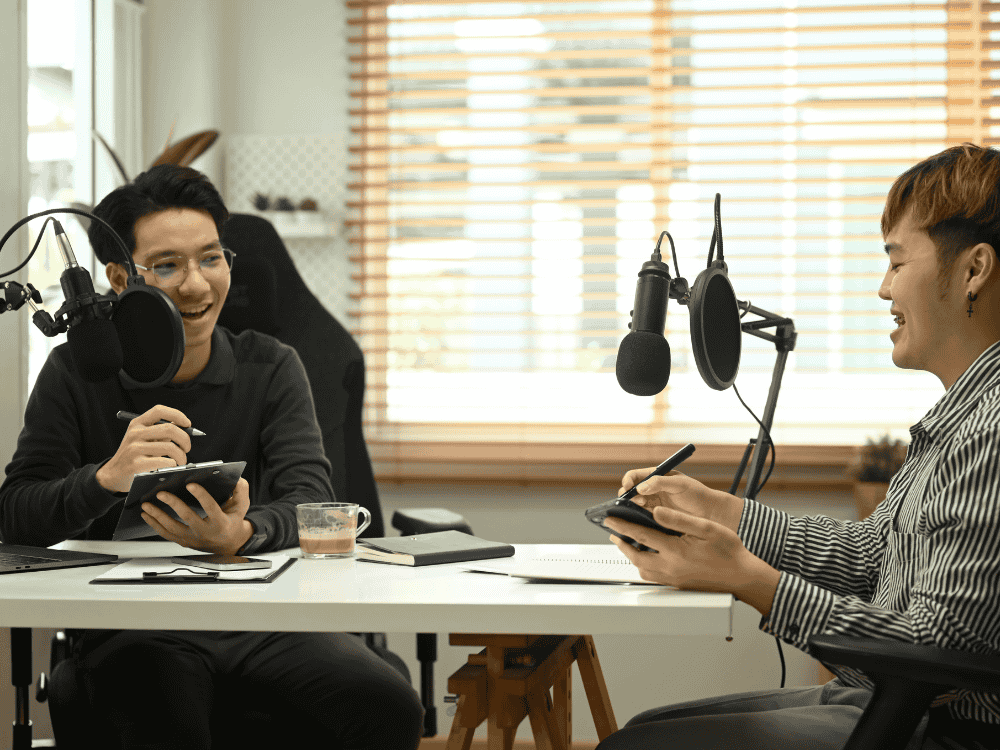A high-quality USB microphone for podcasting isn't just a luxury—it's a necessity for capturing clear, professional audio that engages and retains listeners. Because when it comes to launching a successful podcast, the equipment you choose can make all the difference. With the right USB microphone, you can ensure your voice comes through with crisp clarity and minimal background noise, setting the stage for a compelling and polished podcast.
USB microphones have become a staple for many content creators due to their convenience and ease of use. They connect directly to your computer via a USB port, eliminating the need for additional audio interfaces or mixers. A good USB microphone for podcast offers a plug-and-play functionality and this is ideal for podcasters who want a straightforward setup with minimal equipment. USB microphones often come with built-in features such as gain control and built-in pop filters, enhancing their usability for various recording environments.
In the world of podcasting, the quality of your audio can make a significant impact on your audience's experience. Whether you're starting a new podcast or upgrading your setup, selecting the right microphone is crucial. Among the many options available, USB and XLR microphones are popular for podcasters. This article will explore the differences between USB and XLR microphones, their benefits, and how to choose the best USB microphone for podcasting. We’ll also provide recommendations for top USB microphones under $100 and address frequently asked questions about USB microphones.
The Importance of Choosing the Right USB Microphone for Podcasting
Choosing the right USB microphone for podcasting is essential for achieving clear, professional-sounding audio. A high-quality microphone ensures that your voice is captured accurately, reducing the need for extensive post-production work. The right mic can also help you avoid issues like background noise and audio distortion, leading to a more polished and engaging podcast. With numerous options available, understanding what makes a USB microphone suitable for podcasting will help you make an informed decision.
Benefits of Using a USB Microphone Over an XLR Microphone
USB microphones offer several advantages over XLR microphones, particularly for those new to podcasting or working with limited space:
- Ease of Use: USB microphones are generally easier to set up and use, as they connect directly to your computer without needing an external audio interface or mixer.
- Cost-Effectiveness: They are often more affordable than XLR microphones, which require additional equipment.
- Portability: USB mics are usually compact and portable, making them ideal for podcasters on the go.
- Integrated Features: Many USB microphones come with built-in features like pop filters and gain controls, simplifying the recording process.
On the other hand, XLR microphones are preferred in professional settings for their superior sound quality and flexibility. They require an audio interface or mixer, which allows for greater control over audio settings and can handle more demanding recording environments.
Best USB Microphone for Podcasting Under $100
Finding a high-quality USB microphone for podcasting under $100 can be challenging, but there are several excellent options available. Here are some top recommendations of the best USB microphone for podcasting:
-
Maono PM422
Known for its affordability and solid performance, the Maono PM422 is a USB podcast condenser microphone with a cardioid polar pattern, making it a good choice for capturing clear and focused audio while minimizing background noise.
-
Fifine K669B
This budget-friendly USB microphone offers impressive sound quality for its price. It features a cardioid pickup pattern and a durable metal construction, making it a reliable choice for podcasting.
-
Blue Snowball iCE
The Snowball iCE is a popular entry-level USB microphone known for its ease of use and good audio quality. Its cardioid pickup pattern helps isolate your voice from background noise.
-
Tonor TC-777
This microphone provides good sound quality and comes with a shock mount and pop filter, making it a versatile option for podcasters on a budget.
-
Samson Q2U
The Samson Q2U is a dynamic USB microphone that offers both USB and XLR outputs, providing flexibility for various recording setups. It’s known for its durability and sound quality.
Difference in Sound Quality: XLR vs. USB Microphones
The sound quality between XLR and USB microphones can vary significantly. XLR microphones are generally considered superior in terms of audio fidelity because they connect to external audio interfaces or mixers that offer high-quality preamps and advanced processing capabilities. This setup allows for more precise control over sound quality and can capture a wider range of frequencies.
USB microphones, while convenient, can sometimes fall short in terms of audio quality compared to their XLR counterparts. However, many modern USB microphones offer impressive sound quality that is sufficient for most podcasting needs. The difference in sound quality will often depend on the specific models and their intended use.
Advantages and Disadvantages of USB Microphones vs. Built-in Laptop Microphones
Advantages of USB Microphones:
- Improved Sound Quality: USB microphones typically offer better audio quality than built-in laptop microphones, with clearer and more accurate sound capture.
- Enhanced Features: Many USB microphones come with built-in features such as pop filters and adjustable gain controls, which are not available in built-in laptop microphones.
- Reduced Background Noise: USB microphones with cardioid or other directional pickup patterns can minimize background noise, improving the overall recording quality.
Disadvantages of USB Microphones:
- Space and Portability: USB microphones require a dedicated space and setup, which can be less portable than built-in laptop microphones.
- Price: While affordable options are available, high-quality USB microphones can be more expensive than built-in laptop microphones.
Choosing Between USB and XLR Outputs on a Microphone
When using a microphone with both USB and XLR outputs, the choice of output depends on your recording setup and needs:
- USB Output: Use the USB output if you prefer a straightforward, plug-and-play setup with minimal additional equipment. This is ideal for beginners or those with a simple recording setup.
- XLR Output: Opt for the XLR output if you have an audio interface or mixer and require more control over your recording settings. This setup is better suited for professional environments and provides greater flexibility and sound quality.
5 Best USB Microphones for Podcasting
Here are five top USB microphones for podcasting, including Maono models, known for their exceptional features and performance:
Mic #1: Maono PM422

- Notable Features: Cardioid polar pattern, high sensitivity, low self-noise
- Why It’s the Best: The Maono PM422 offers clear and focused audio capture, making it an excellent choice for podcasters looking for an affordable and high-quality microphone.
Mic #2: Blue Yeti USB
- Notable Features: Multiple polar patterns (cardioid, bidirectional, omnidirectional, stereo), built-in gain control
- Why It’s the Best: The Blue Yeti provides versatility with its multiple polar patterns, making it suitable for various recording scenarios, including solo podcasting and interviews.
Mic #3: Rode NT-USB
- Notable Features: Cardioid polar pattern, high-quality preamp, pop filter included
- Why It’s the Best: The Rode NT-USB delivers professional-grade sound quality and comes with a pop filter, making it a solid choice for clear and polished podcast recordings.
Mic #4: Maono PM450S

- Notable Features: Cardioid pickup pattern, adjustable volume control, compact design
- Why It’s the Best: The Maono PM450S offers great value with its compact efficiency, suitable for any studio size. It’s available for a reasonable price, making it a practical choice for podcasters on a budget. Enjoy clear bass, and rich, mid-range sound using this superb USB microphone for podcasting.
Mic #5: Maono PD400XS with BA90 boom arm

- Notable Features: USB and XLR outputs, dynamic cardioid pickup pattern
- Why It’s the Best: The Maono PD400XS’ dual connectivity options and professional sound quality make it versatile for both live and home studio settings.
FAQs
1. Are Maono USB vocal microphones suitable for podcasting and live streaming?
Yes, Maono USB vocal microphones are suitable for both podcasting and live streaming. They offer good audio quality, and ease of use, and are designed to meet the needs of content creators. Other Maono microphones worth mentioning are the Maono A04 and PD100U–these are reliable USB microphones for podcasting that offer professional sound quality and don’t break the bank.
2. How can I improve the audio quality of my recordings with a USB microphone for podcasting?
To improve audio quality, use a pop filter to reduce plosive sounds, position the microphone correctly, and record in a quiet environment. Additionally, consider using soundproofing materials to minimize background noise.
3. What do user reviews say about the performance of Maono USB microphones for podcasting?
User reviews generally highlight Maono USB microphones for their affordability and good sound quality. Many users appreciate their ease of use and value for money, making them popular choices for beginner and intermediate podcasters.
Conclusion
Selecting the right USB microphone for podcasting is essential for achieving high-quality audio and a professional-sounding podcast. USB microphones offer convenience and ease of use, while XLR microphones provide superior sound quality and flexibility for more advanced setups. By understanding the benefits and limitations of each type, you can choose the best USB microphone for studio recording that suits your needs. Whether you opt for a top USB microphone under $100 or a versatile model with both USB and XLR outputs, investing in the right equipment will enhance your podcasting experience.




